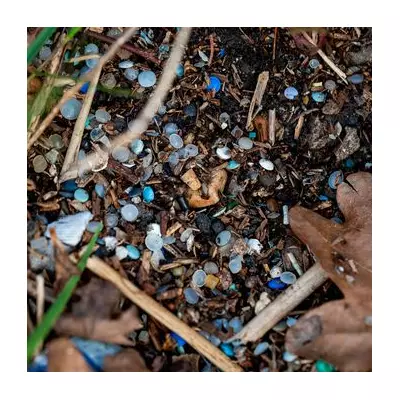
Marine experts have issued a stark warning after a dolphin, affectionately nicknamed 'Fungie II' for its friendly nature, was filmed interacting closely with a swimmer in Falmouth harbour. The heart-warming encounter, they caution, masks a potentially deadly reality.
The footage, which shows the dolphin circling and nudging a human swimmer, has sparked both awe and serious concern amongst the scientific community. While the behaviour appears playful, specialists from the Cornwall Wildlife Trust and British Divers Marine Life Rescue (BDMLR) stress that such proximity is extremely risky.
Why This 'Friendship' Is So Dangerous
This particular dolphin is a powerful, wild animal weighing several hundred kilograms. Its seemingly gentle nudges are actually powerful enough to cause significant injury. Experts highlight several critical dangers:
- Unpredictable Wild Instincts: Despite its tame appearance, the dolphin is not domesticated. Its behaviour could change in an instant.
- Risk of Panic: If the dolphin feels threatened or crowded, it may lash out in self-defence.
- Potential for Mating Behaviour: As a young male entering sexual maturity, its interactions could become more aggressive and physical.
- Disease Transmission: Close contact risks the transfer of pathogens between humans and marine life.
A Plea from The Professionals
Dan Jarvis from BDMLR was unequivocal in his assessment, stating the situation has a "very high risk of someone getting seriously hurt." The message from all organisations is unified and clear: do not enter the water with the dolphin.
They urge the public to admire the beautiful creature from a safe distance on land or from a boat. Giving the dolphin space is not only crucial for human safety but also for the animal's own wellbeing, preventing it from becoming habituated to humans, which can lead to longer-term problems.
The legacy of the original Fungie in Dingle, Ireland, serves as a reminder of how these stories can capture the public's heart. However, the priority must always be the safety of both the public and the protected species.





